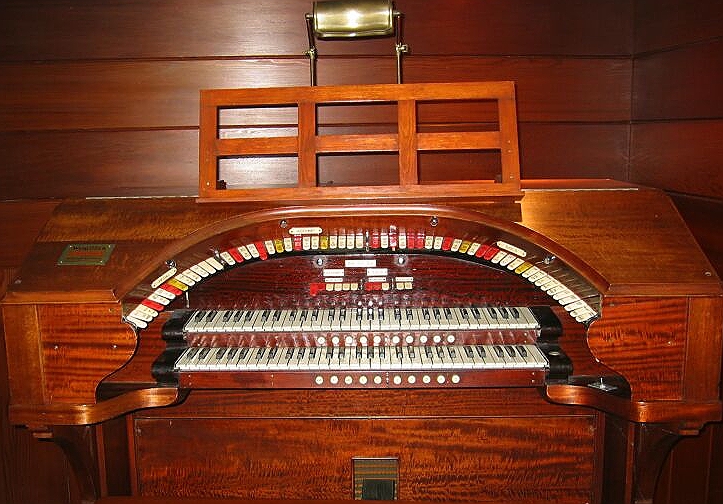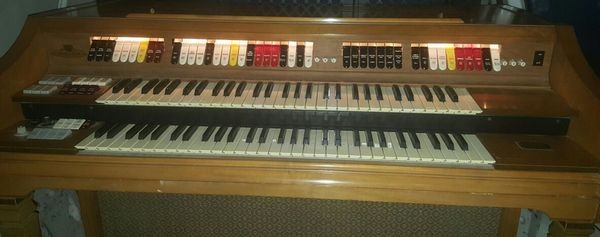
The Wurlitzer two-channel amp sets the bias with three resistor positions on each "side". They have got to be located 3 miles off the bus line on a route with deep ditches and no sidewalks. miles up to my Peavey dealer & buy the right diode, I think. So far all I can find is that the diode I put in for the blown up one on the heat sink has less cold diode drop (450 mv) than the blown up ones (650 mv?). It has two little transistors dedicated to measuring the bias current so they can back it off if it gets too big. It has a darlington driver setup so the crossover voltage would be +1.8v to -1.8v. It has no adjustment at all, but a very sophisticated bias setting network involving five diodes on 2 heat sinks that make less voltage as they warm up. I've spent a couple of days trying to determine why my partially repaired Peavey 1.3k amp has no bias current at all. The bias current doesn't actually go out to the speaker. Probably Wurly doesn't have a way to set the minus bias current. Having a little continuous current flowing through a junction transistor push pull amp leaves the transistors switched on and eliminates the "crossover distortion" of having the signal to the speaker jump instantaneously from +1.2 v to - 1.2v. I don't think even 2-3x that will hurt the voice coil in a 15" woofer.I think the idea is to have 6 mv across the + emiter resistor, echoed by 6 mv across the minus emitter resistor. The note on my service guide page says 20 mA across the 0.33 Ohm resistor, so that ought to be 0.006 volts. Once that's settled I'll hook up a cheap speaker and send some audio into the straight channel RCA jack.įor tomorrow I will be measuring the voltage across the high-side emitter resistor. I don't think even 2-3x that will hurt the voice coil in a 15" woofer. I scanned all the parts with the IR temp meter - nothing got hot.įor tomorrow I will be measuring the voltage across the high-side emitter resistor. No magic smoke escaped and no fuses blew.

I stuck a set of 0.25A fuses in the fuseholders and powered up.

The service manual said to give the drivers a little flag heatsink if they were the TO126 kind, so I did. From what I could find online they seem to be about the same as the originals. For the small stuff I used 2n3906 and 2n3904 from the parts bin. I already mentioned the TIP33A and TIP34A for the outputs and the NTE184 and NTE185 for the drivers. (note: after blowing a fuse always check for shorted transistors powering back up will just burn out more stuff). I'm sure it would have been fewer had I resisted the initial temptation to "just see if a new fuse fixes it".

Pretty much everything back to the buffer for the straight channel. That's the outputs, the drivers and a few small signal ones.


 0 kommentar(er)
0 kommentar(er)
